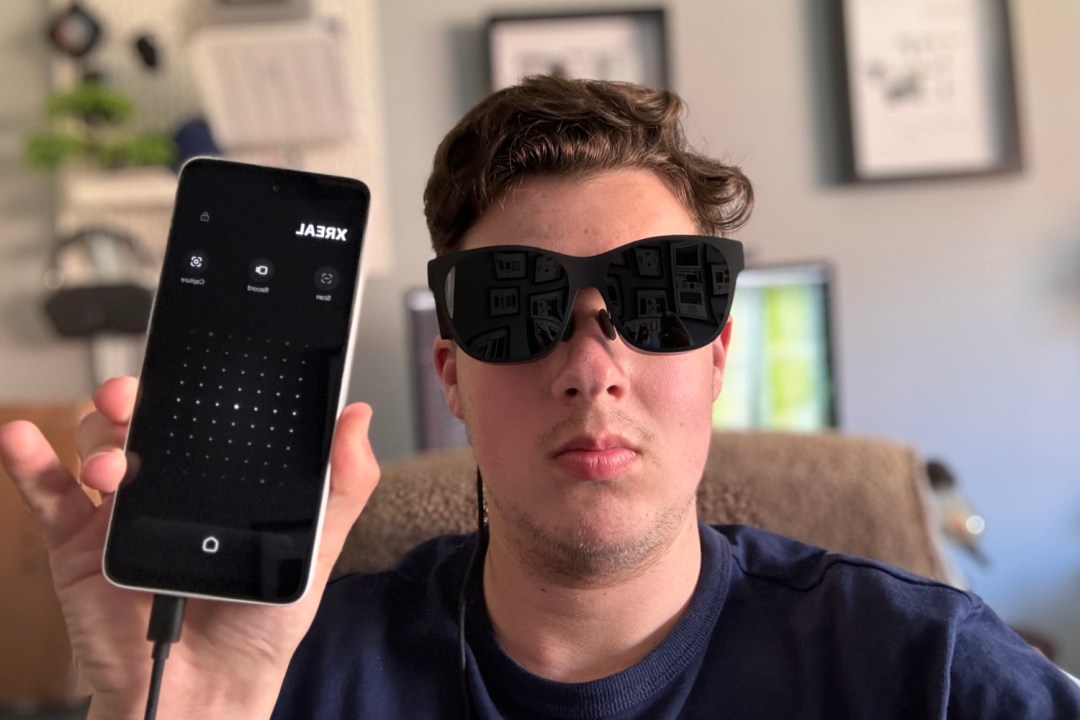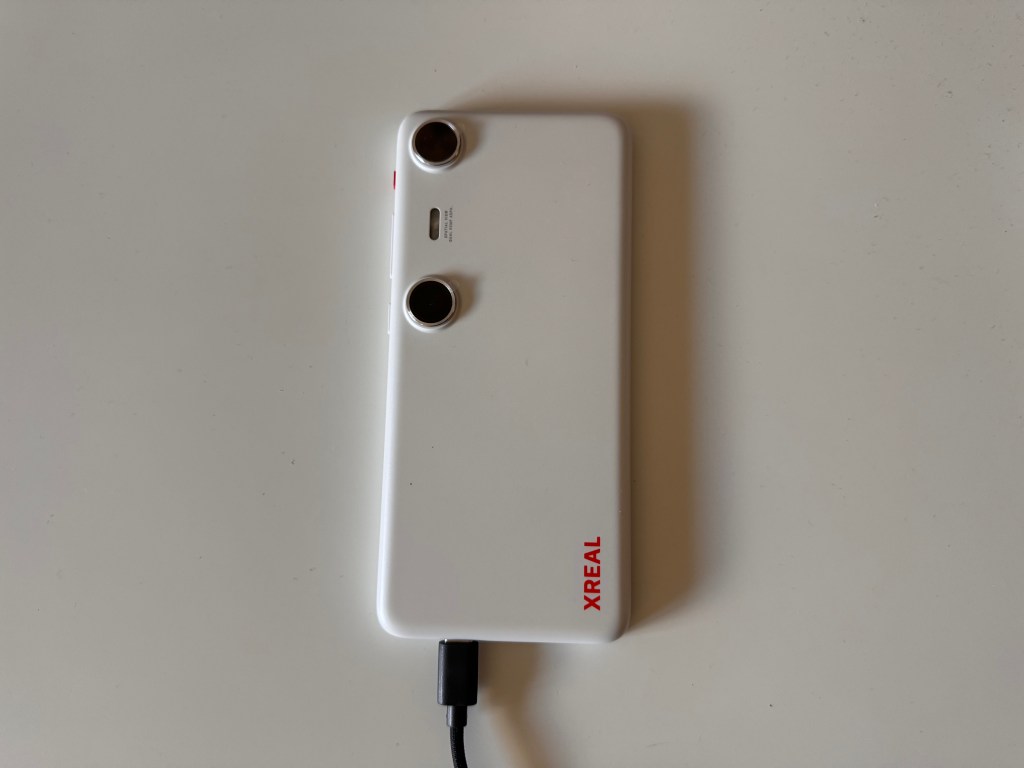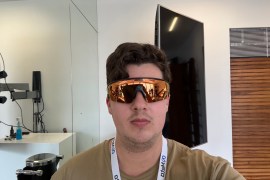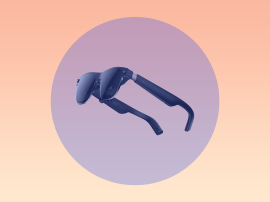I tried Xreal’s Beam Pro AR glasses controller, and it could fix some of my biggest AR gripes
The Beam Pro is more like an Android smartphone than a controller, but it's designed to navigate Xreal's AR glasses

If you’ve ever tried to use a pair of AR specs, you’ll know that they’re not quite there yet. For the most part, they’ll mirror your smartphone. And the main use? Consuming content. Apple’s Vision Pro does the best job at adding virtual elements to reality, but it’s a full-blown headset. So for AR to get better it needs software. And the best way to power this? An external device that acts as a controller – so you don’t lose the slim glasses form factor. Enter Xreal’s Beam Pro.
This new device was just shown off at AWE 2024 in California, where I managed to get my hands on it. The Beam Pro is more like an Android smartphone than a controller, but it’s designed to help you navigate Xreal’s AR specs. At a first look, it seems like the device could fix some of my biggest AR gripes, but it doesn’t get things quite right.
- Read more: I was disappointed with the Meta Ray-Ban smart glasses, but Xreal’s new AR specs give me hope
What actually is the Beam Pro: is it a phone, is it a controller?
Xreal’s glasses, the Air 2 and Air 2 Ultra, typically need a phone, laptop, or another device to run. As do all the others. The Beam Pro, however, is a standalone Android device with a custom AR launcher and some unique hardware. It’s not quite a smartphone, since it doesn’t make phone calls. But it feels wrong to call it a tablet. And a soon-to-be-released data version will give you connectivity. It packs two USB-C ports and two cameras for stereoscopic 3D recording.
The design is a bit chunky – it’s certainly thicker than whatever smartphone you’re carrying. But the black and white look with red accents redeems things a little. At $199, it’s solidly built, and offers an awful lot of bang for your buck. The software is a skinned version of Android called NebulaOS, fitted with the Google Play Store and a custom recording app for the cameras.
Xreal’s idea of a separate device to control AR is one that conflicts me. It’s the obvious choice for the glasses form factor – it lets you pack all the extra hardware into something that’s not on your face. But on the other, having to carry around an extra device isn’t always ideal. Though, that does have the perk of freeing up your phone while you’re in the AR world. See, conflicted!


How does it work?
When connected to Xreal glasses, the Beam Pro displays a monochrome screen that resembles a trackpad with supplementary buttons. The main interface shifts to the glasses, where Android app icons float in space. You control it by pointing and tapping the Beam Pro or using hand gestures with the glasses. This is a lot more intuitive of the touch wheel on the standard Beam Pro, and a touch control is something that I personally like.
With your phone untethered from the AR specs, you can peer at it around the AR specs. And, more importantly, you can leave your main device uninhibited when mirroring content – one of my biggest AR gripes. Videos can now be pinned comfortably in virtual space while you control them with the remote. The Beam Pro even uses hardware buttons cleverly. What looks like a mute switch toggles the virtual screen between following you and staying pinned.
However, it’s not all smooth sailing. The Beam Pro isn’t the best controller. While I like the large trackpad-style control, a large, textureless glass panel isn’t ideal for one-handed control. If you want to start playing games in AR, things get even more tricky. I still think that a controller with buttons and joysticks would be better here.
Some software elements seem half-baked in my hands-on, like the default Android keyboard and the clunky switching between hand gestures and tapping the tablet. Said hand tracking doesn’t appear to be all that reliable compared to the Meta Quest 3 or Apple Vision Pro. And you can’t use the glasses as a viewfinder when recording 3D videos, something I naturally tried to do. The stereoscopic cameras are a cool feature and help the Beam Pro stand out. But until VR or AR headsets become mainstream, sharing 3D videos will be limited.
Xreal Beam Pro: initial thoughts
While I’ll need to wait for a full review to share my final thoughts, I feel positive about the Beam Pro overall. This device takes a big step towards solving some major AR gripes. But I don’t think it quite sticks the landing.
Xreal’s CEO, Chi Xu, says the Beam Pro design is just a starting point. And I think that the next-generation could be just what we need. I imagine side controls with joysticks and buttons (a la Nintendo Switch) that clip on for gameplay, and a smaller screen so it’s less annoying to carry around.

